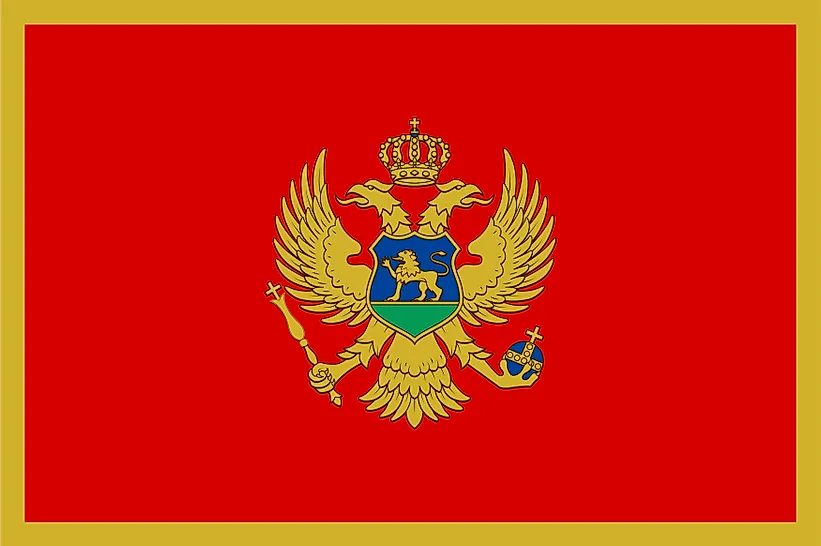
Montenegro
| Continent | Europe |
| Capital | Podgorica |
| Population | 644,578 |
| GDP | $10.61 Billion |
| GDP per Capita | $17,000 |
| Dialing Code | +382 |
| ISO Code (2-letter) | ME |
| ISO Code (3-letter) | MNE |
Montenegro Landscapes






About Montenegro
Welcome to Montenegro, a nation where mountains meet the sea. With approximately 620,000 people occupying 13,812 square kilometers, Montenegro combines remarkable natural diversity with rich cultural heritage, standing as one of Europe’s youngest yet historically rich nations.
Geographic Features and Natural Beauty
Montenegro’s geography encompasses extraordinary diversity, from dramatic coastal cliffs to high mountain peaks. The country features Europe’s southernmost fjord, the Bay of Kotor, and the rugged Durmitor mountain range, creating stunning contrasts in landscape.
The landscape includes pristine beaches along the Adriatic, the vast Skadar Lake shared with Albania, and dense forests in the north. The country’s varied topography creates multiple climate zones, supporting rich biodiversity.
Protected areas include Durmitor National Park, a UNESCO World Heritage site, and four other national parks preserving unique ecosystems. The country’s commitment to environmental protection focuses on sustainable tourism and conservation.
Cultural Heritage and Traditions
Montenegrin culture represents a blend of Mediterranean and Balkan influences. The country’s heritage includes distinctive Orthodox monasteries, medieval coastal towns, and unique traditions reflecting its historical independence.
Traditional arts include epic poetry, distinctive musical styles, and intricate handicrafts. The country’s architectural heritage ranges from ancient Roman villas to Venetian palaces and Ottoman mosques.
Montenegrin cuisine combines coastal Mediterranean flavors with hearty mountain fare, featuring specialties like njeguški pršut (smoked ham) and black risotto. The tradition of hospitality and family gatherings remains central to cultural life.
Historical Journey
Montenegro’s history spans from ancient Illyrian settlements through medieval statehood to modern independence. The country has maintained a tradition of fierce independence throughout its history.
Significant periods include the medieval state of Duklja, centuries of resistance to Ottoman rule, recognition of independence at the Congress of Berlin in 1878, Yugoslav period, and renewed independence in 2006. The country’s historical experience has shaped its strong national identity.
Modern Economic Landscape
Today’s Montenegrin economy focuses on tourism, services, and sustainable development. The country has successfully positioned itself as a high-end tourism destination.
Recent initiatives focus on environmental protection, infrastructure development, and EU integration. Montenegro’s strategic location and natural resources provide opportunities for balanced development.
International Relations and Global Position
Montenegro maintains active participation in European integration processes while fostering regional cooperation. The country’s NATO membership and EU candidate status reflect its Western orientation.
Did You Know?
• The Bay of Kotor is Europe’s southernmost fjord and a UNESCO World Heritage site?
• Tara River Canyon is Europe’s deepest canyon and the world’s second deepest after the Grand Canyon?
• The country’s name “Crna Gora” (Montenegro) means “Black Mountain”?
• Biogradska Gora is one of Europe’s three remaining virgin rainforests?
Conclusion
Montenegro represents a unique combination of natural wonders and cultural heritage. From its dramatic coastline to its mountain peaks, from its medieval towns to its modern resorts, Montenegro continues to evolve while preserving its distinctive identity. As it addresses challenges including sustainable tourism and economic development, Montenegro remains committed to environmental protection while fostering its position as a premium European destination.